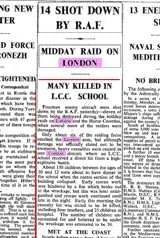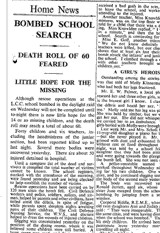Worksheet: The Blitz: Air Raids
Taking these documents as a cluster, the students can be asked to think about the pattern of a raid:
First, the warning:
[Metropolitan Police Orders 18th September 1939] |
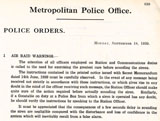 |
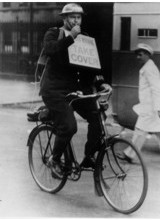 |
How were people expected to react, and whether they always did? The initials L.P.T.B. refer to the London Passenger Transport Board. [Metropolitan Police Orders 4th September 1939] |
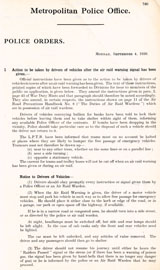 |
 |
The experience of the raid itself: Fred Fancourt was a police ambulance driver. Remember that Fred is writing about a night-time raid, whereas all of the photographs are taken in daytime. A transcript is available. Listen to an account of one of his journeys. If a problem is encountered with the audio, copy the file from the Resource page to your usual media player folder. |
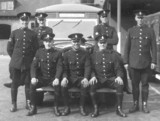 |
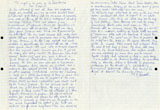 |
| After the raid, working through the bombed buildings loooking for survivors. | 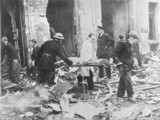 |
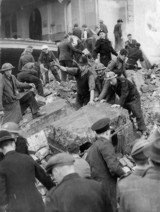 |
The weariness of men after spending a night and day searching bomb-damaged buildings. |
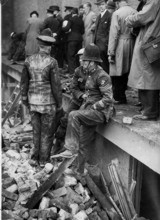 |
Click on any image for a larger view. |
Students might be asked to write:
- Their own version of Fred Fancourt’s drive.
- Their own account of Fred Greenstreet’s story.
After reading the two newspaper reports, ask the students:
- To compare the style and content of the two articles.
- The first report contains two official statements - how could these be interpreted?
- Can they relate these reports to the photographs above?
- How might they record this event if they were writing a history?
More questions:
Preface
Introduction
Police & WWII
County Chief Constable
A Volunteer
Modern Echoes
Resourcess
Acknowledgements
